Classic Elements of Gothic Stories
The 8 literary elements
Blauw Films

Out of pure curiosity and love for the Gothic aesthetic, I researched defining elements of the Gothic literary genre.
As a result, I have compiled a list with eight defining points of the genre. I also discuss how Gothic tropes relate to the Victorian age, and how that culture influenced the genre.
My goal with this research: how can I recognize and replicate these storytelling elements in other disciplines, such as film, costume and fine arts?
The Classic novels that are free to read online are compiled and linked at the end of this blog.
1. The Sublime & Terror
Starting with the most distinctive of tropes, Gothic text is characterized by a heavy focus on the sublime. When an emotion or moment becomes so overwhelming it exceeds a comprehensible scale, we speak of the sublime.
Sublime nature reminds us of how small and insignificant we are, it exceeds awe and turns into anxiety and terror.
True Gothic horror is terror.
The sublime is used as a story device to turn the story away from thrilling into the heightened emotional state of terror.
“A Philosophical Enquiry into the Sublime and Beautiful” by Edmund Burke is an insightful essay that describes the origin and function of the sublime —and is a worthy read if taste and aestheticism are subjects that interest you.

2. The Castle
Architecture is an integral part to the Gothic aesthetic, as it is the origin of the art-form. The mention of castles not only serves the setting, but also reminds us of once powerful civilizations now long gone.
A castle symbolizes old aristocratic powers refusing to die, and the ruins of a castle are an ominous reminder that every civilization will break down some day. Where castles often refer to aristocracy, churches and covenants refer to ancient religious powers, gods, or beliefs.
“The Castle of Otranto'' by Horace Walpole is considered the first Gothic novel, as he was the first to use the word in a literary context.
In the first edition, Walpole pretended that the book was an original Italian novel from 1529, which added a forlorn atmosphere and sparked the reader's imagination.
In the second edition he admitted to be the author, and added “A Gothic Tale” as subtext to his title.
This cemented the castle into the Gothic, the haunted and icon for ancient history.

3. Confinement
Rooms without doors, the inability to escape or the feeling of being trapped are terrors that live inside every human being. But influenced under the sublime, the Gothic likes to take notions of confinement to the text level. Being buried alive is a trope often used by Edgar Allen Poe.
The feeling of being trapped inside yourself, or the inability to escape your mortal body and mind, are fears that Gothic literature likes to play with.
“Wuthering Heights'' By Emily Brontë is a good example of a story that deals with confined emotions, and the fear of letting those emotions run free.
Repressed emotions that torture us from the inside out are an often reoccurring theme in Gothic text.

4. Wild Nature
The use of uncontrollable nature is a counter reaction to the Romantic period, in which beautiful and serene nature was an integral part.
The Gothic uses nature to emphasize the insignificance of the human in relation to the universe. Nature can overpower civilizations, and its power is merciless.
Unusually thick mist shrouds the grounds around Dracula’s castle in Bram Stoker’s “Dracula”.
Strong winds make doors close and open on their own, and tree branches are tapping against the window. All this restless nature sets the uneasy tone and is a reminder that no human is truly ever in control of their surroundings.

5. Metonymy
Metonymy is a figure of speech similar to a metaphor. But instead of saying “this is that”, metonymy says “this symbolizes that”.
Rain symbolizes sadness, a cross symbolizes christianity, a full moon symbolizes werewolves. Metonymy is used to spark subliminal uneasiness, set the tone or signal emotions.
The final scenes in The Matrix trilogy are marked with endless heavy rain and powerful lightning strikes, creating a wild atmosphere that emphasizes the drama of the final battle. It uses wild nature as a metonymy, to signal the strength and willpower of the characters.

6. The Supernatural
Ghosts, hauntings, the undead and prophecies are very important and popular elements of the Gothic.
Often these supernatural happenings are rationalized, and sometimes even have a logical explanation. The occult is an integral part to Gothic storytelling, as these topics were a taboo during the late 17th and early 18th century.
Christian religion teaches us that some knowledge is not meant for humans, it is taboo to steal knowledge from the Gods. Gothic literature challenges these taboos, with characters chasing occult or hidden knowledge.
“Frankenstein” by Marry Shelley is a perfect example in which the supernatural meets with taboo knowledge and scientific explanations for unnatural events.
The way how Frankenstein creates his monster is of course supernatural, but it is described in a way that makes it seem scientific and logical. Bringing people back from the dead is a power only reserved for God himself, and so seeking out the power of resurrection is taboo, and challenges the status of God.

7. The Past
In classic Gothic stories, the past has an active influence on the present.
Consequences, prophecies, or repressed emotions can all be devices to signal a haunting past.
Plot structures that are often used are revenge, inheritance or sins of the father. All of these utilize the past coming back to the present, making the characters pay the price.
The past is also symboliszed through the periodical setting of the story. Many Gothic stories take place in old times. During the Victorian age, a medieval setting was very popular.
The Harry Potter books are a good modern example of the past having an integral role in the present.
Not only is Harry haunted by a curse from the past, the book is filled with ominous prophecies, and the aesthetic of the Wizarding World is medieval-inspired.

8. A Powerful Character
Many Gothic novels feature at least one character that exhibits powerful character traits, has strong opinions or is literally overpowering. The “Byronic” stereotype is a famous powerful character.
Someone who is bad and evil at the core, but is shrouded in confidence, dignity and reputation.
As Gothic stories inherently push taboos, strong characters symbolize these sentiments. They are characters that do not conform to what it means to be good. Powerful characters challenge authority, social norms, religion and even defy what it means to be human.

Victorian Ideologies
Gothic literature arose between the end of the 17th century and the beginning of the 18th century. During this time, society experienced a growth of the middle class, and with that the disappearance of the old aristocracy.
Ideas around a new societal structure are all over the Gothic genre.
End of an Era
The Victorians pondered over the end of the medieval age, and the passage of cultures in general. They felt like they themselves were living through an age of change, but that old conceptions of class refused to hand over their power.
Social Ranks
The Victorian age was an age marked with social rank and responsibilities. During early Gothic works we can clearly see the role of the female heroine. They are innocent, persecuted and very often on the run.
Around the end of the 18th century, Gothic works featured female heroines that were agents of their own plot. They explore, question and challenge the status quo.
"Wuthering Heights" and "The Bloody Chamber" are novels with strong female characters.
Science and Enlightenment
The Victorian age is also the age of enlightenment, and is known for a strongly rising interest in chemistry and science. New ideas about nature and science scared a lot of commoners, such as the idea that humans came from apes. The very image was unsettling.
Chemistry was considered closer to magic than something else.

Defying belief systems
The age of enlightenment is driven by people who question the world around them.
This often defied the wants of the church, which in return encouraged people to question the norms of The Bible itself.
Generally people did not lower their belief in God, but did question the image of the Devil as painted by the church.
In Gothic literature, the Devil is often pictured as an anti-hero. Although he is evil and bad, his motivations can be understood, even noble.
Death
Death was a central part of Victorian culture. The church, sickness, death and mourning was a very prominent part of everyone’s life.
With the rise of enlightened thinking, Gothic literature pushed the boundaries of the taboos surrounding death and the afterlife. Ghosts and men are not supposed to live in the same realm, and the idea that death could be brought back to the world of the living was taboo.
Victorians played with ideas of everlasting life, and that death may not be permanent. They also reasoned that death could be both a blessing and a curse. Think of the concept of an undead soul, cursed to live, wishing to be laid to sleep. Those types of thoughts are inherently very anti-Christian.
Repressed Desires
Taboos were also pushed in the area of sexuality and desires.
Christianity states clear rules about marriage and controlling your urges. A central part to Gothic text is the idea that repressed feelings can come back to haunt you, and you might end up acting out immoral acts.
A famous short story “Carmilla” tells the story of a soon-to-be-wed lady being seduced by a lesbian vampire, and both “A Picture of Dorian Gray” and “Wuthering Heights” tell tales of repressed, taboo emotions and unconventional relationships.

Conclusion
Personally, the Gothic inspires me like nothing else. Gothic tropes perfectly lend themselves for modernization and appropriation, and its taboo-defying mindset is ever relevant and thought-provoking. Gothic storytelling elements move across time, genres and media.Its aesthetic is ever powerful, imaginative and as of today it still manages to make our human soul tremble to the core.
Reading List
References
- Gothic Architecture — Wikipedia
- Ostrogoths — Wikipedia
- Visigoths — Wikipedia
- Gothic fiction — Wikipedia
- Goth Subculture — Wikipedia
- Victorian era — Wikipedia
- Age of Enlightenment — Wikipedia
- Horror and terror — Wikipedia
- Sublime (philosophy) — Wikipedia
- Sublime (literary) — Wikipedia
- Metonymy — Wikipedia
- The Matrix (franchise) — Wikipedia
- Harry Potter — Wikipedia
- Byron and the Byronic The Atlantic
- Vampire — Wikipedia
- The Bloody Chamber — Wikipedia
- Emily Brontë — Wikipedia
- Bram Stoker — Wikipedia
- Mary Shelley — Wikipedia
- Horace Walpole — Wikipedia
- Edgar Allan Poe — Wikipedia
- Edmund Burke — Wikipedia
- Victorian Paintings — Art in context






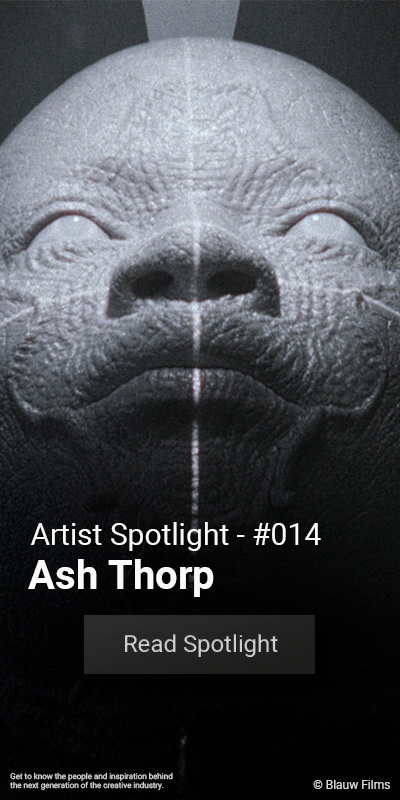
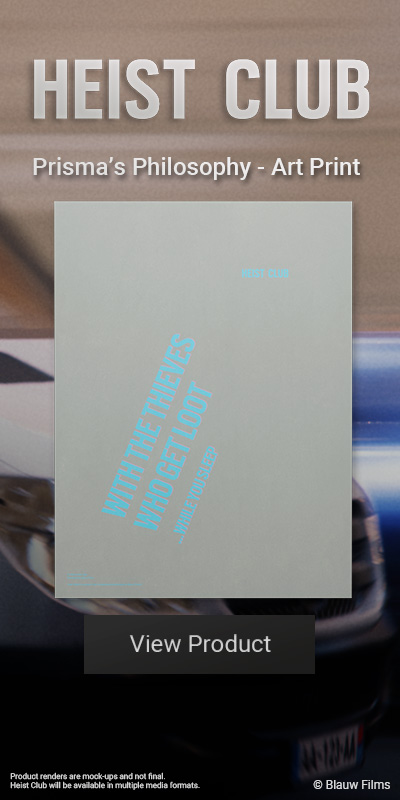



.png)



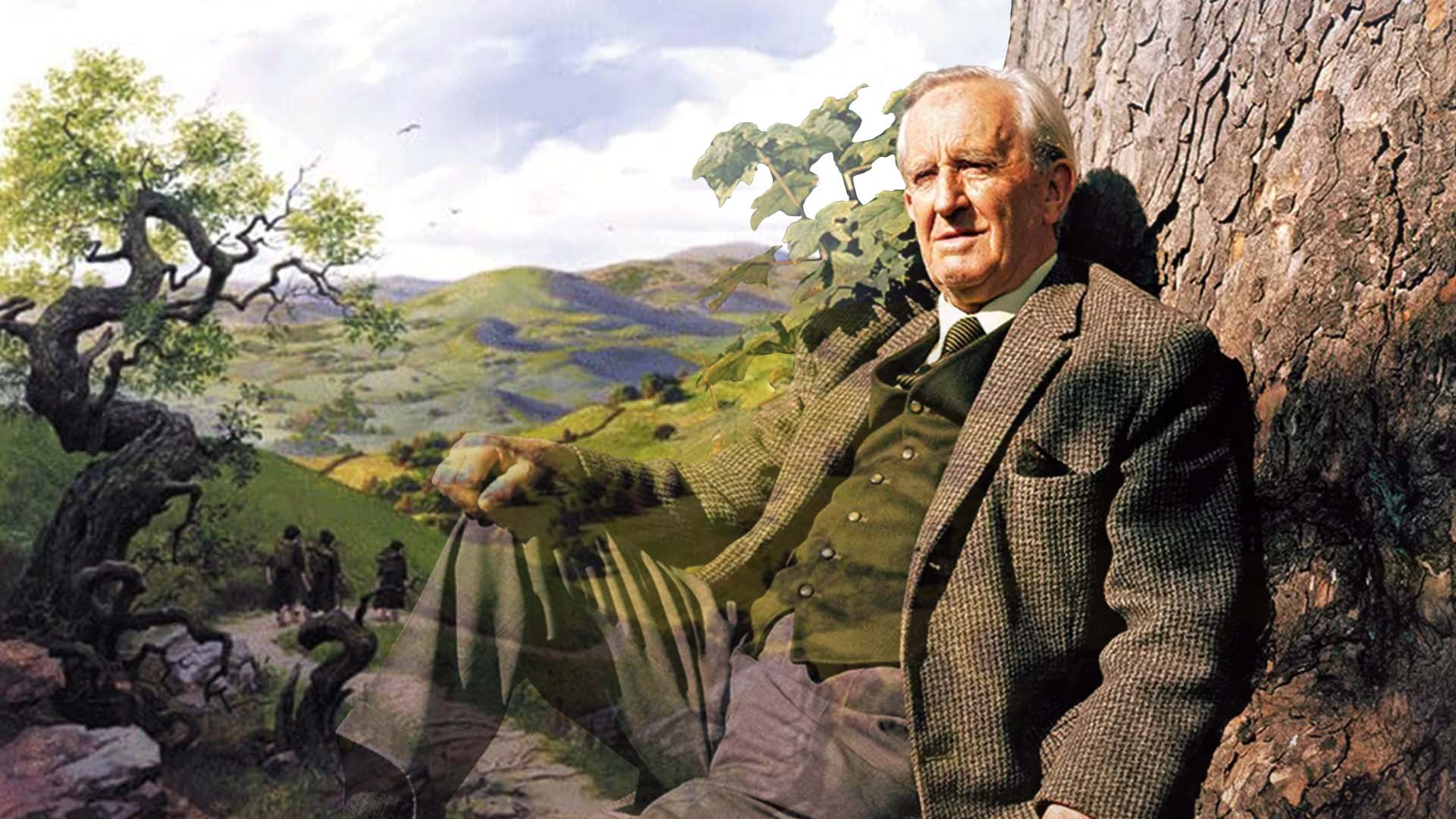


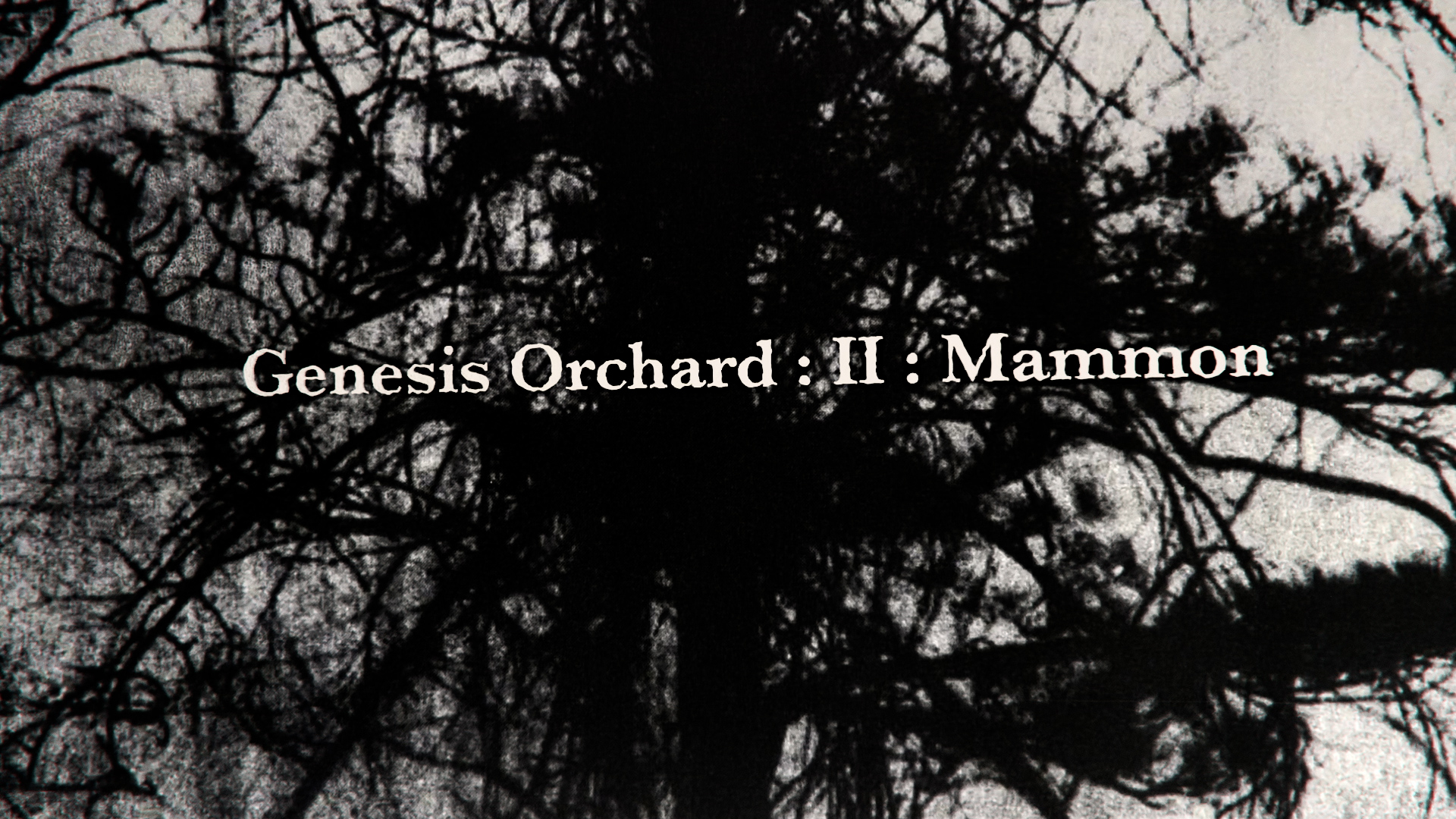





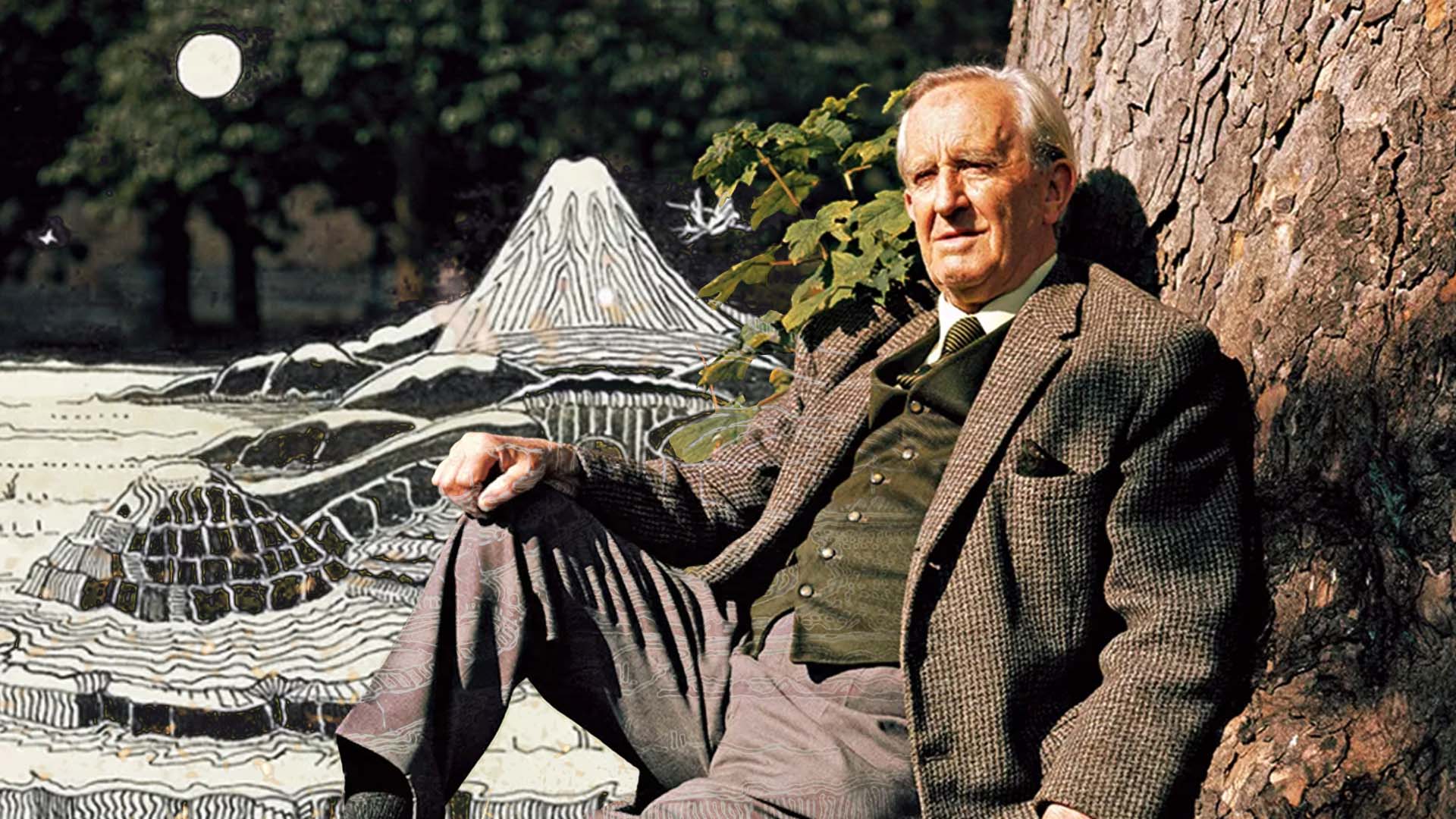







%20by%20Ivan%20Aivazovsky.jpg)






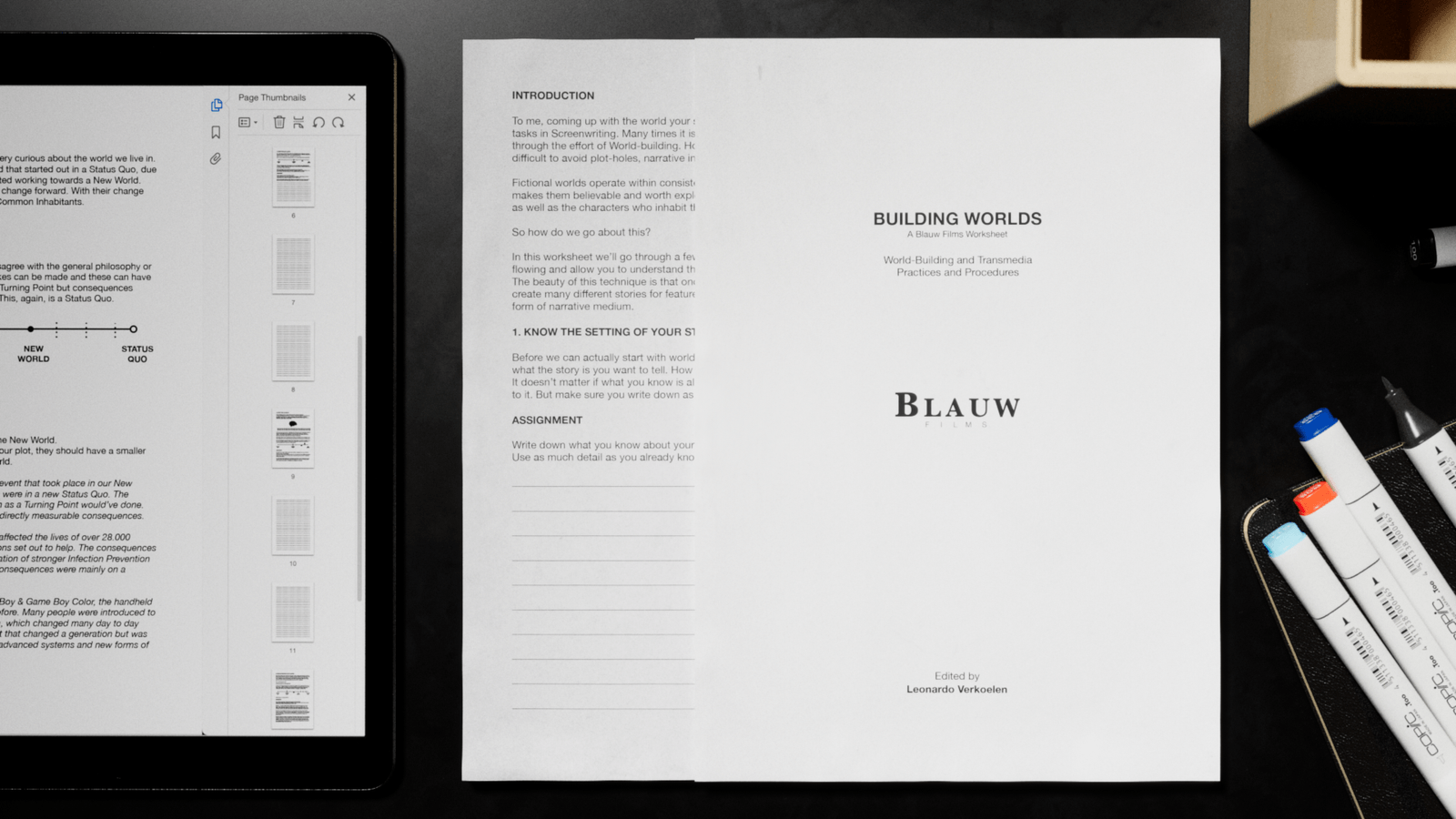







































































0 Comments